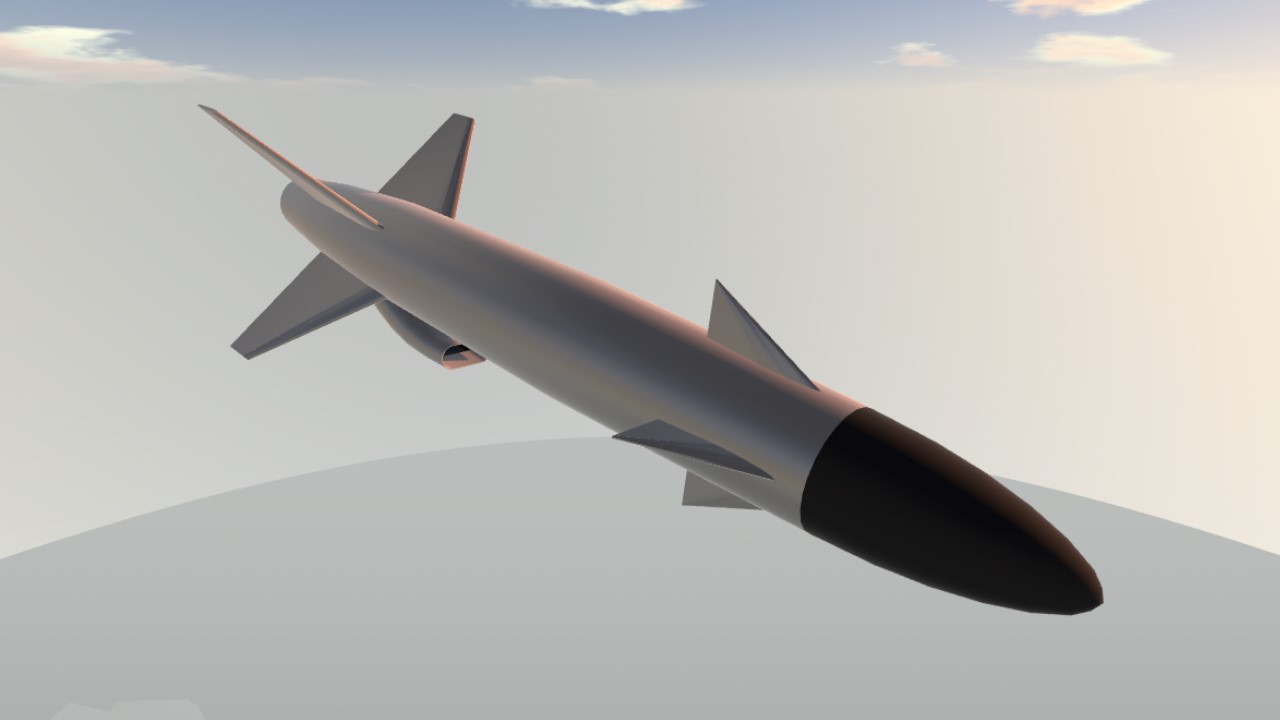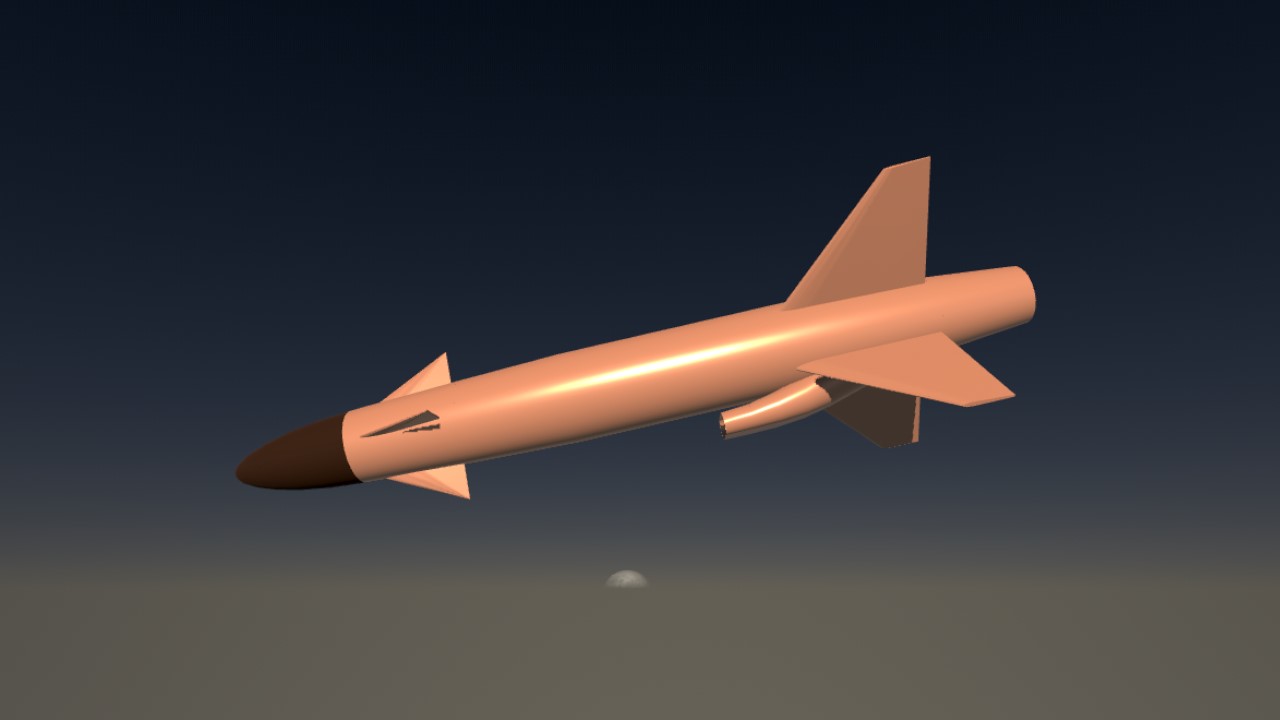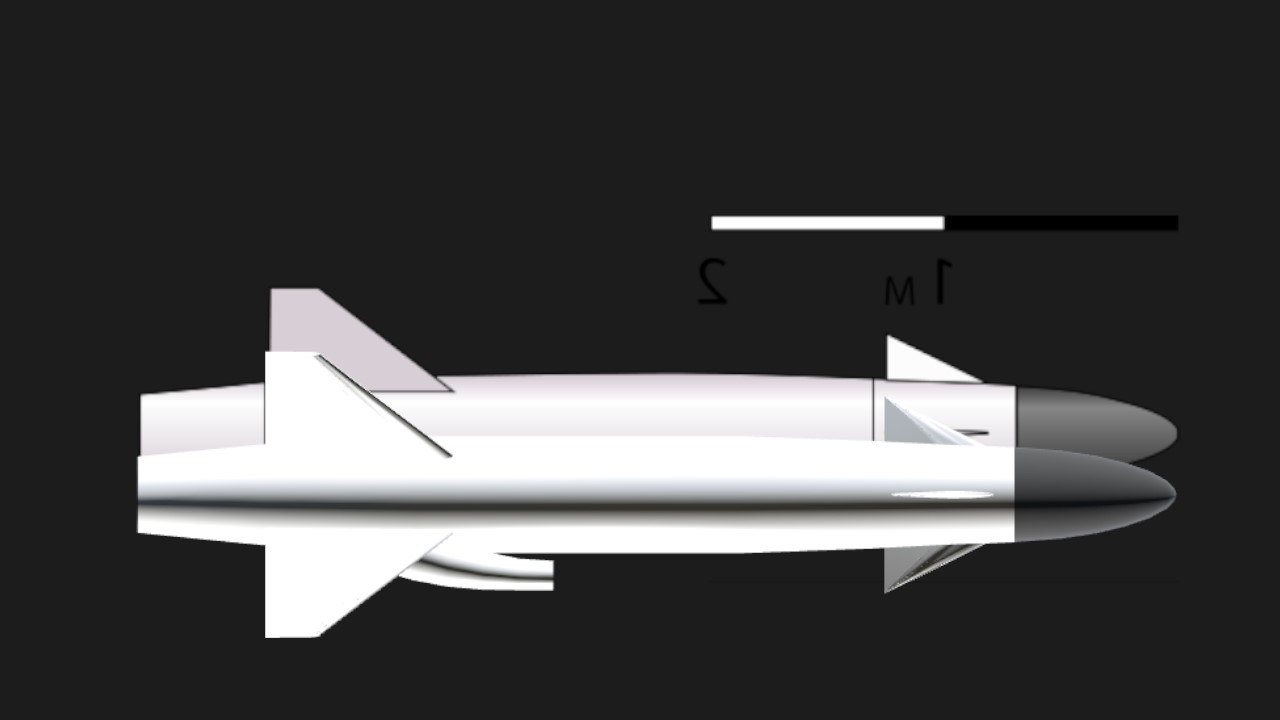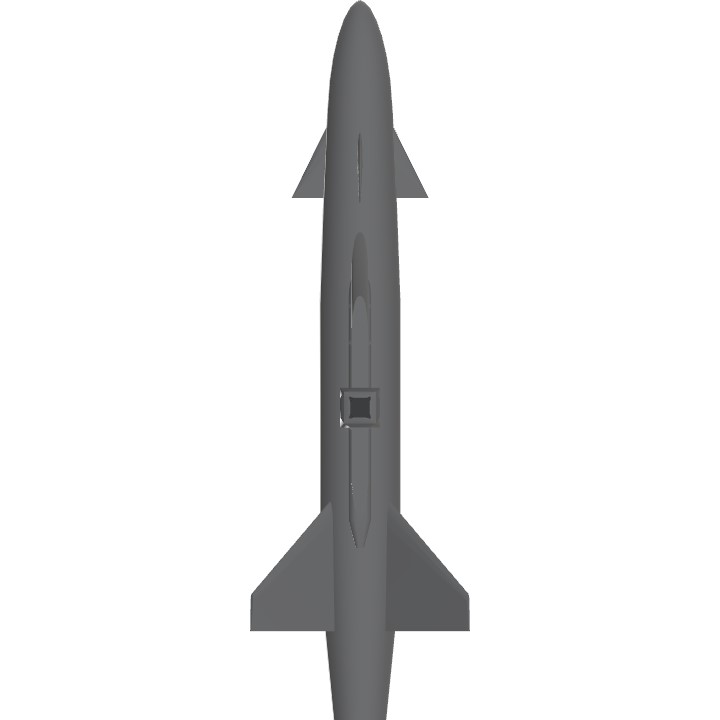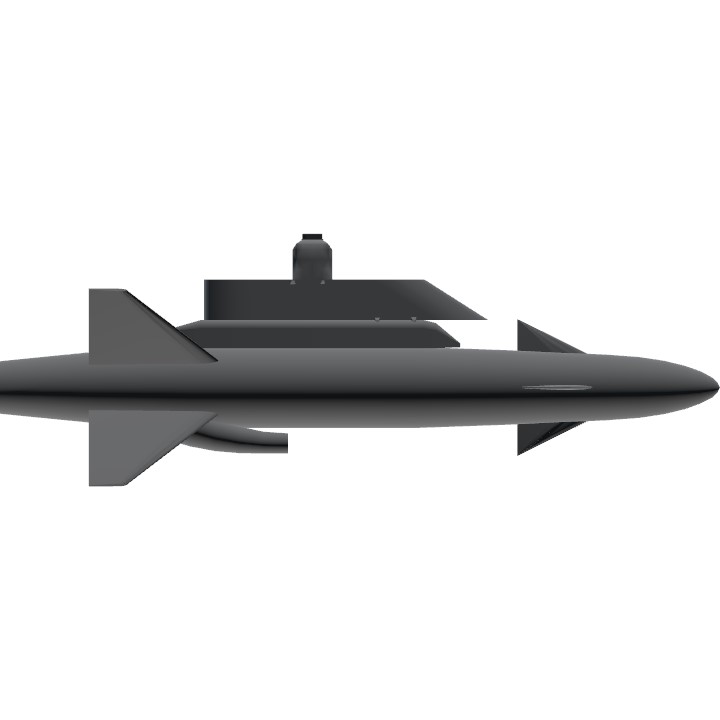
 Grab it by the longer grayish-blue part or by the pylon, then save it as a subassembly named "SAAB RBS15 Anti-ship missile". Then you attach it by the pylon of any aircraft you ever want, but be careful - the missile has a realistic weight of 660 kg and a wingspan of 1.4 meters.
Grab it by the longer grayish-blue part or by the pylon, then save it as a subassembly named "SAAB RBS15 Anti-ship missile". Then you attach it by the pylon of any aircraft you ever want, but be careful - the missile has a realistic weight of 660 kg and a wingspan of 1.4 meters.  You don't need to lock it on target - just choose the target and fire the missile, and it will guide itself to the destination at high subsonic speed. The missile can fly farther than 70 km. It can reach supersonic speeds when in steep dive. Also, it doesn't have a smoke trail.
You don't need to lock it on target - just choose the target and fire the missile, and it will guide itself to the destination at high subsonic speed. The missile can fly farther than 70 km. It can reach supersonic speeds when in steep dive. Also, it doesn't have a smoke trail. 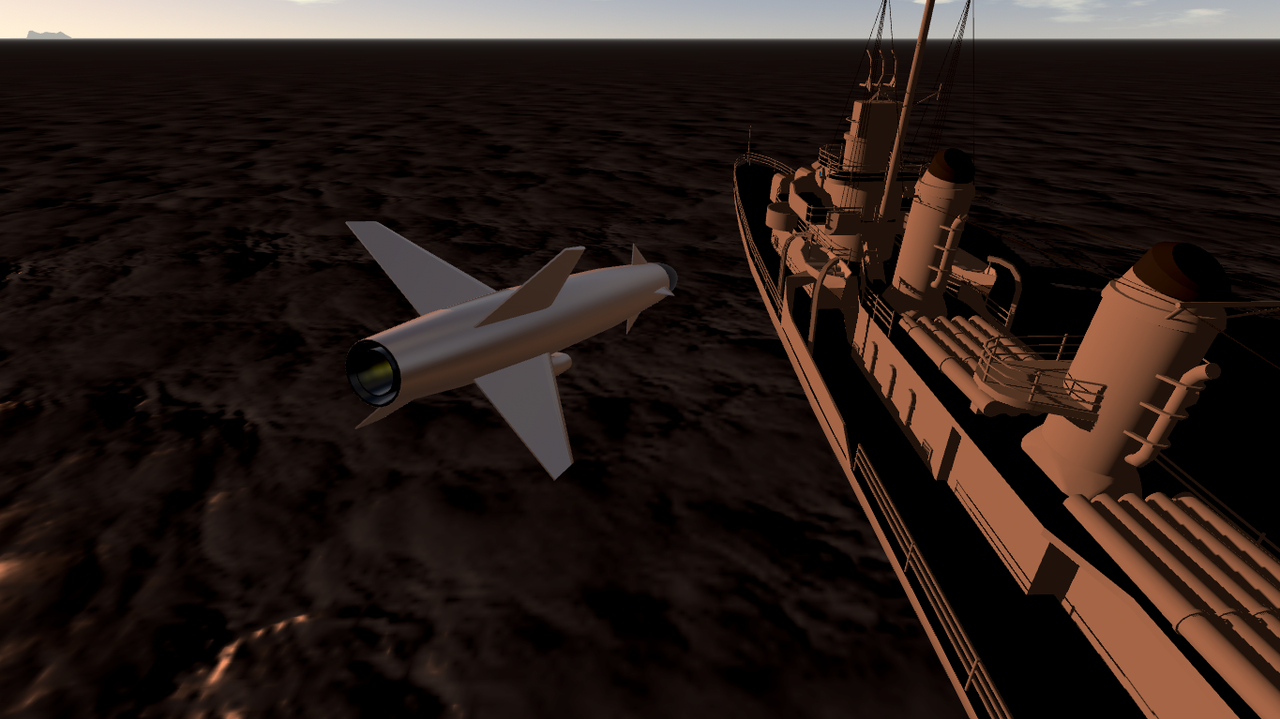
The RBS 15 (Robotsystem 15) is a long-range fire-and-forget surface-to-surface and air-to-surface anti-ship missile. The missile was developed by the Swedish company Saab Bofors Dynamics. The Swedish Navy earlier made the RB 08 anti-ship missiles with the Halland-class destroyers in the early 1960s. The main effect of Sweden's defence resolution of 1958 for the Swedish navy was restructuring into a lighter force consisting of fast attack craft (FAC) vessels and a halt to destroyer procurement. This posed a problem as the existing RB 08 missile required launch rails and a missile magazine in the destroyers, taking up space that was not available in smaller ships. Adding to the problems, each missile had to be individually prepared for launch and only two missiles could be on the launch rails at the same time. In comparison, the P-15 Termit (NATO codename Styx) missile used by the Soviet Union from the late 1950s (which was the expected adversary of RBS 15) stored the missiles in individual containers on deck with the missiles immediately available for launch. Tests were carried out on Plejad class FACs with a single bow-mounted RB 08 in the late 1960s, but they came to nothing.
Saab's next attempt at anti-ship missiles to equip the Norrköping class FACs of the Swedish navy was in 1978 under the project name "RB 04 Turbo", a development of the air force RB 04E missile with a turbofan engine, changed wing configuration and start rockets to take off from land. The initial proposal was rejected as inferior to the Harpoon missile. The project, under the leadership of Hans Ahlinder, then worked out a proposal for a missile with greater capabilities than the Harpoon, and superior performance to the American missile. To indicate that it was a new weapon the project name was changed from "RB 04 Turbo" to "RBS 15".
The first weapon contract was signed in 1979; at the last minute the Swedish government did not buy the Harpoon anti-ship missile, opting for an indigenous design. The first missiles were delivered to the Navy in June 1984, and the ship version RBS 15 Mk. I was introduced.
The Swedish Navy ordered the missile in 1984 to develop a coastal defense version of the RBS 15F. The missile was taken into Swedish Navy service as the 'Rb 15 by the Swedish Navy and became operational in 1985. The Swedish Air Force received their missiles a couple of years later. The original RBS 15 Mk. I was produced from 1985 to 1990.
Work on a further developed version, the RBS 15 Mk. II, began in the early 1980s, but it took until 1994 to get a development contract for the upgraded anti-ship missile. The Mk. II has the same range (70+ km), but the mid-course and terminal guidance system, as well as the radar and IR signature were upgraded. The Mk. II has been produced since 1998.
Development of the RBS 15 Mk. III began in the mid-1990s. It is produced by Saab in co-operation with Diehl Defence of Germany.[4] Emphasis was put on increased range (due to larger fuel capacity and new fuel the range has been increased to some 200 km), improved accuracy (integrated GPS) and selectable priority targeting, which improved the weapon system's flexibility. The Mk. III was selected for the German Navy's Braunschweig-class corvettes. Finnish truck maker Sisu produces missile launch trucks for RBS 15. The Mk. III has been in production since 2004.
In March 2017 Saab received an order for a new generation anti-ship missile to replace the RBS 15, valued at 3.2 billion SEK.[5] The following year, SAAB unveiled the RBS 15 Mk. IV Gungnir, again produced with Diehl. Unlike Mk. III, the Mk. IV Gungnir can be fired from a truck, making it capable of launching from air, sea, or land.[6] Gungnir missiles have been ordered for the Swedish Navy, with the first weapons scheduled for delivery in the mid-2020s.
Specifications
General Characteristics
- Created On Windows
- Wingspan 4.4ft (1.4m)
- Length 14.6ft (4.4m)
- Height 5.1ft (1.6m)
- Empty Weight 1,543lbs (699kg)
- Loaded Weight 1,543lbs (699kg)
Performance
- Wing Loading 81.9lbs/ft2 (400.0kg/m2)
- Wing Area 18.8ft2 (1.8m2)
- Drag Points 129
Parts
- Number of Parts 38
- Control Surfaces 0
- Performance Cost 122

